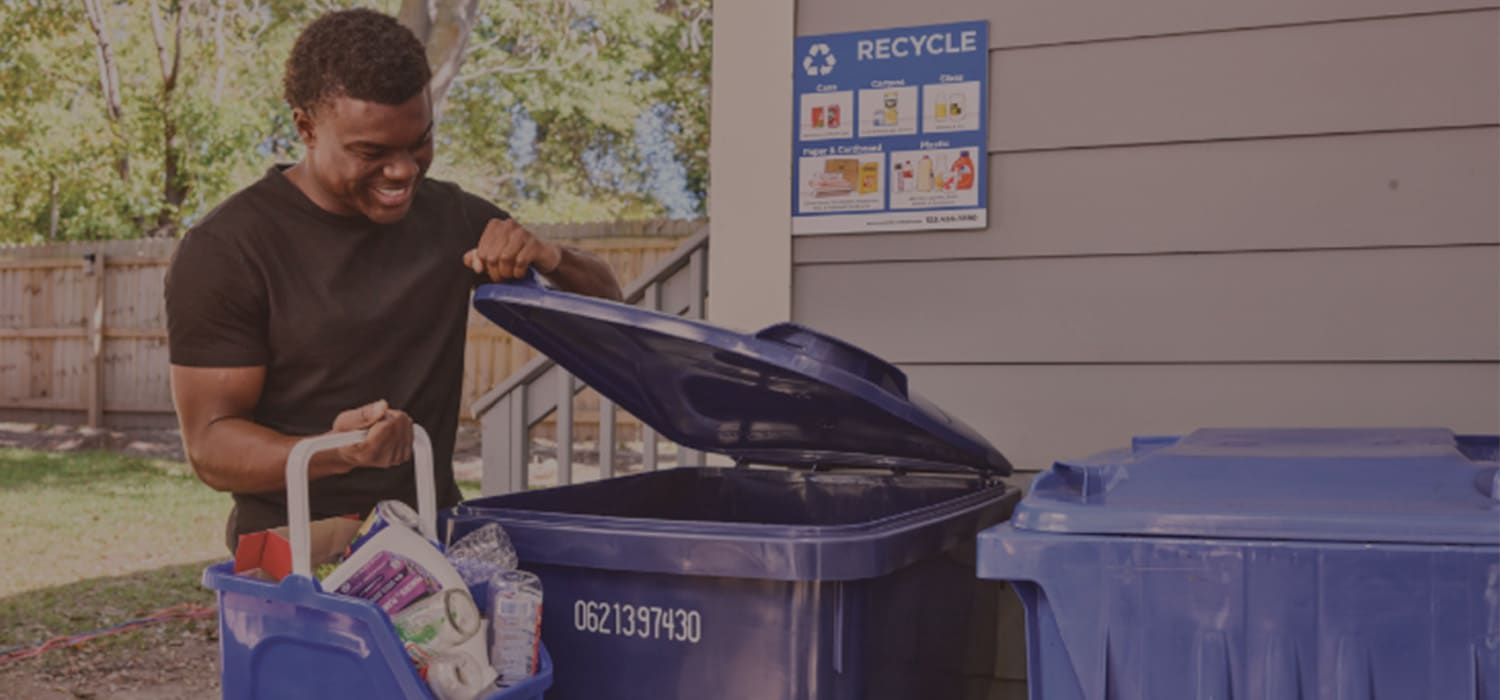
States can expect significant increases in recycling rates for packaging (including plastic, glass, aluminum and steel) and printed paper with the adoption of Extended Producer Responsibility (EPR) programs, a new study from The Recycling Partnership finds.
“Increasing Recycling Rates with EPR Policy,” published today, explores the impact of EPR programs in seven jurisdictions worldwide and in six U.S. states, to assess the effect on state-level recycling rates and other key metrics. The Recycling Partnership, a non-governmental organization committed to building a better recycling system, conducted the study.
The research examined EPR’s impact on seven paper and packaging recycling programs around the world. The findings showed that across the board, EPR policy drove the collection and recycling of target materials to over 75% in British Columbia, Belgium, Spain, South Korea, and the Netherlands, with Portugal and Quebec at over 60%. Across all materials, U.S. state programs performed far lower.
“Lack of sustainable funding is one of the greatest challenges for U.S. residential recycling systems,” said Keefe Harrison, Chief Executive Officer of The Recycling Partnership. “EPR provides a huge opportunity to unlock the environmental and economic benefits of recycling.”
Under EPR policy, companies that produce packaging materials are required to fund local recycling programs by paying fees, shifting the financial burden away from local governments and taxpayers. EPR fees can also incentivize companies to make packaging more recyclable and use a greater percentage of recycled content. Four states (California, Colorado, Maine, and Oregon) have adopted EPR legislation. Several other U.S. states are currently considering these programs.
The Recycling Partnership’s study took a deep dive into worldwide EPR programs for printed paper and packaging and explored the prospective impacts of the policy on a sample of U.S. states. The research showed that implementing EPR programs in U.S. states would:
- Increase overall residential recycling rates by as much as 48 percentage points
- Create nearly universal recycling access
- Increase overall participation in recycling
- Boost the amount of recycled content by millions of tons
- Recapture between $13 million and $91 million in lost material economic value in EPR states
“With this research, we can see that these international programs drive dramatic improvement in recycling rates and that EPR policy has a significant impact. It’s clear that well-designed EPR policy is key to growing and improving recycling and achieving a circular economy,” said Dylan de Thomas, VP of Public Policy & Government Affairs at The Recycling Partnership.
Mr. de Thomas noted “EPR has the potential to close gaps in recycling rates for all materials, create jobs, reduce greenhouse gas emissions, and deliver even more benefits to support people and planet,” adding that that the U.S. now needs to apply these learnings.
To learn more about EPR policy and view the report, “Increasing Recycling Rates with EPR Policy,” please visit The Recycling Partnership at recyclingpartnership.org/eprreport
At The Recycling Partnership, we are solving for circularity. As a mission-driven NGO, we are committed to advancing a circular economy by building a better recycling system. We mobilize people, data, and solutions across the value chain to reduce waste and our impact on the environment while also unlocking economic benefits. We work on the ground with thousands of communities to transform underperforming recycling programs; we partner with companies to achieve packaging circularity, increase access to recycled materials, and meet sustainability commitments; and we work with government to develop policy solutions to address the systemic needs of our residential recycling system and advance a circular economy. We foster public-private partnerships and drive positive change at every step of the recycling and circularity process. Since 2014, we have diverted 770 million pounds of new recyclables from landfills, saved 968 million gallons of water, avoided more than 670,000 metric tons of greenhouse gases, and driven significant reductions in targeted contamination rates. Learn more at recyclingpartnership.org.
